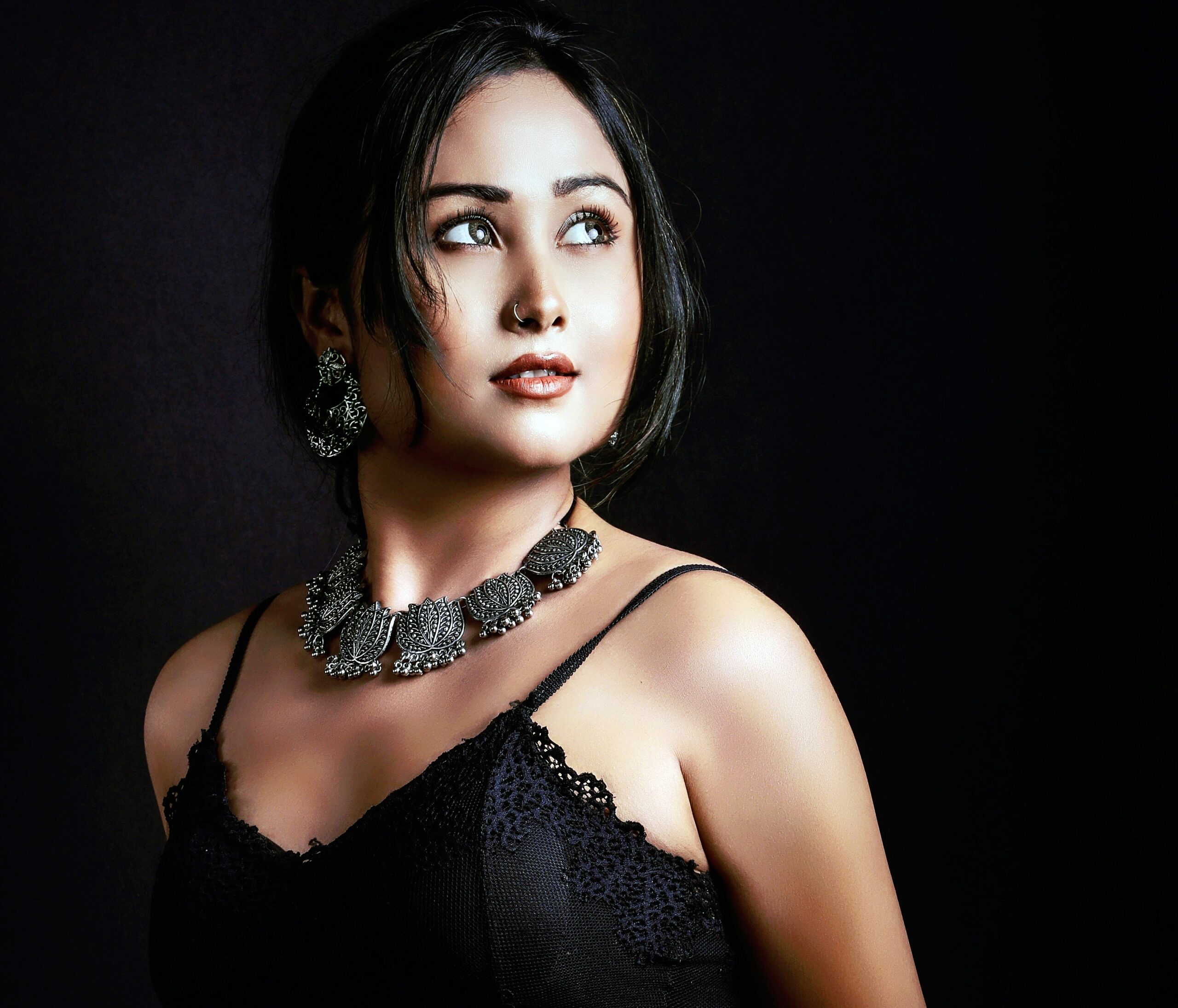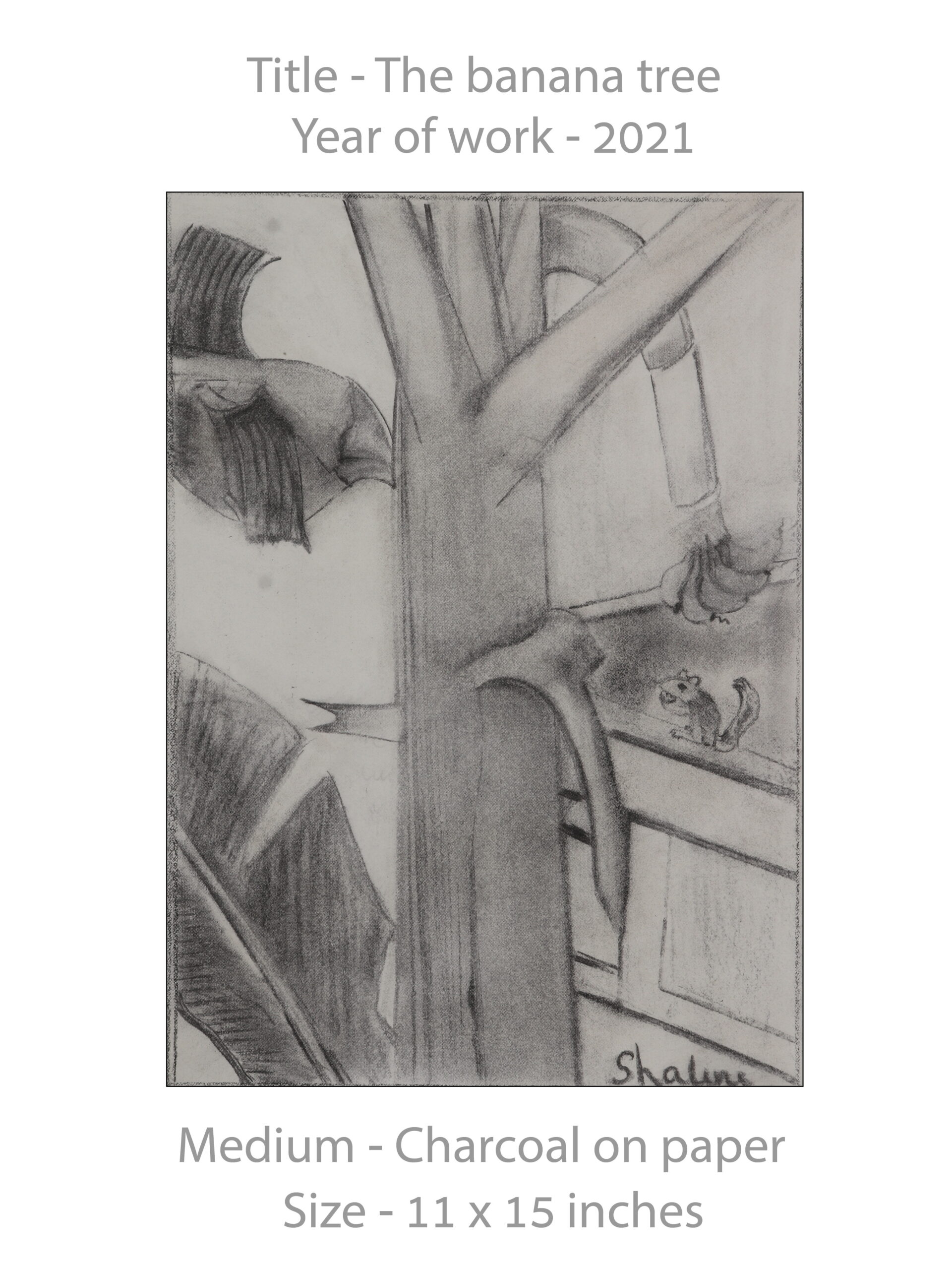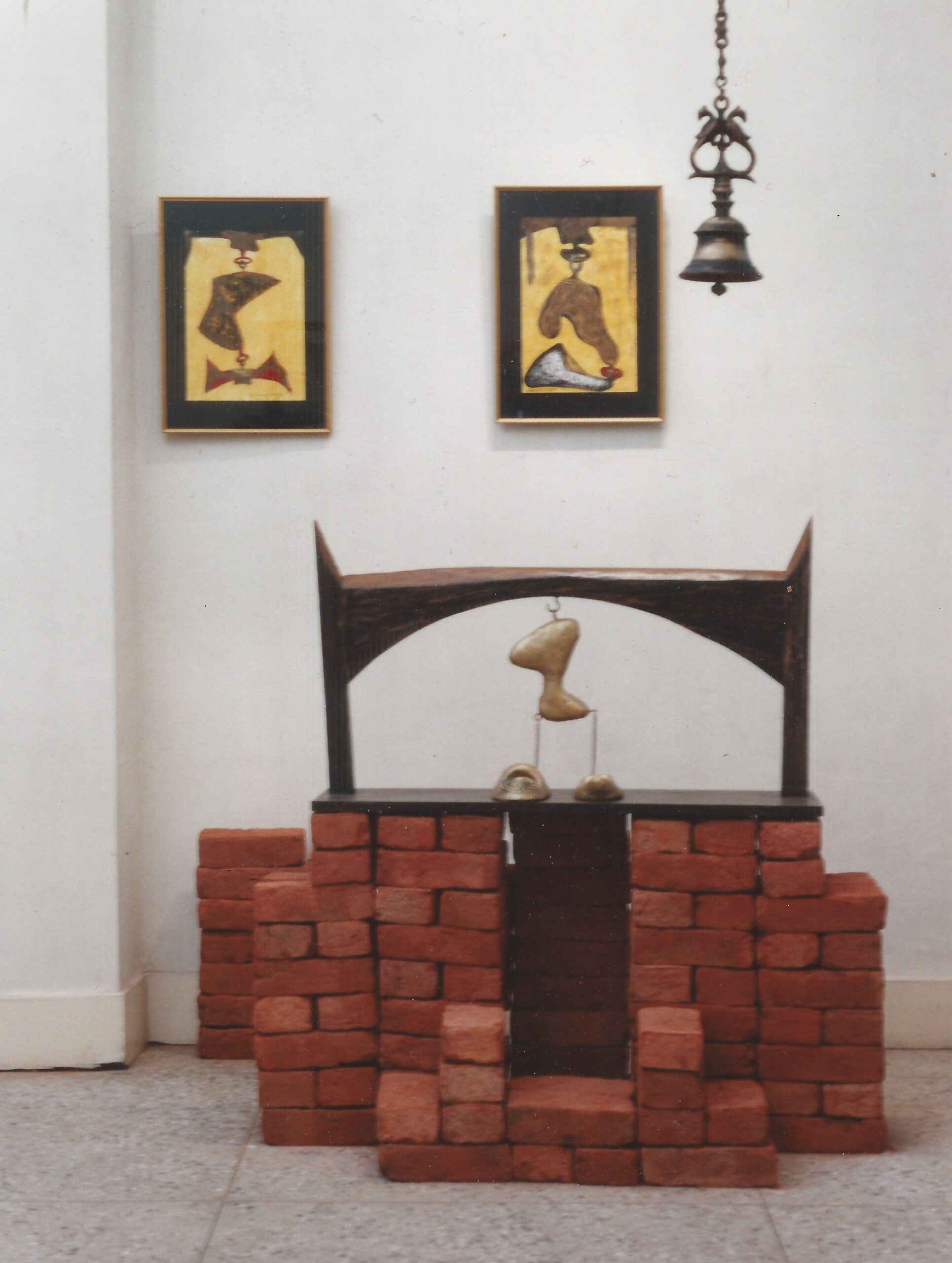Classical Music and SPICMACAY
down the memory lane with
Chetan Pandit

If Music be the food of love..play on …(Shakespeare in ‘Twelfth Night“)
An often asked question is, in the face of onslaught of popular forms of music, will the Indian Classical music survive? With music recording and reproduction technology growing by leaps and bounds – compression formats, ipods, FM channels, cell phones than can play mp3 files, and what have you – the torrent of popular music has vastly increased in recent decades, and in recent years. Yet, I think the survival of Indian classical music seems more certain now, than what it was 25 years ago.
Having attended college in early 70s, I belong to the generation that saw “arrival” of western music in India. And how it took the youth by storm. The Beatles band was formed in Liverpool way back in 1957-60; they attained fame in England in early 60s; and Beatlemania had crossedAtlantic by mid sixties. But the Indian youth at that time were still happy with “Mera Naam Raaju Gharaanaa Anaam”. The western music, the hippie culture, the drugs that go with it, all came to India much later. By the time Indian youth got hooked to Beatles kind of music in early 70s, the band was actually on their way to break up.
As a student at IIT-Delhi in early 70s, I was an outcast for attending the concerts of Kumar Gandharva. The student community amongst whom I lived thought that a person who listens to those weird sounds that go under the name of Indian classical music, needs to see a shrink before it is too late. Instrumental music was, to some extent, tolerable. But most of them were unable to see any “music” in vocal classical forms.
I remember an occasion when we invited a very accomplished Sarodia at IIT-D. He was a maestro then also, as he is now. But then he was yet to acquire the worldwide fame which he has now. In the IIT-D seminar hall where the concert was held, hardly 25 persons were present, students and faculty together. And half of them had come only for curiosity, to see what this Sarod thing is. But true to the reputation of classical musicians that they will pour all their riyaaz in to it even if there is just one single audience, provided he is a truly discerning one, the Ustaad was unfazed and he gave us an enthralling performance.
Few of us could afford a transistor receiver of our own. Our hostel common room had a radio. In those days the AIR broadcast a lot of classical music. But the only time I could listen to it on the common room radio was when they showed a free movie at our open air theater every Saturday night and the entire hostel went there.
Then after some 25 years I had an occasion to attend a classical music concert in IITD, organized by SPICMACAY. A remarkable feature of the concert was, the lawns of Kailash hostel, where the program was held, was jam-packed with youth, who listened with rapt attention. I remember there was a “couple” sitting near me who did not even once change their sitting posture throughout the 45 minutes long opening Bhimpalaas. Subsequently, I attended many such concerts in many other places, DelhiUniversity, JNU, even schools, and everywhere the experience was the same. Modern youth may gyrate to a Michel Jackson, but they can also sit absolutely still and appreciate a Maarwaa.
In my opinion, the largest share of credit for this goes to the music recording companies who flooded the market with good recorded music at affordable prices. The first thing that is necessary for developing an interest in classical music is – exposure to good music. Earlier, the only source of good music was live concerts, gramophone LPs, or AIR. But a person yet to be hooked is unlikely to make the efforts of going to a concert or buy an LP. In any case gramophones and LPs were expensive. And AIR churned out a lot of fourth rate stuff that would put off even a seasoned listener. The cassette technology and some music companies brought good music within the reach of ordinary people.
Equally creditworthy is the work done by just one single organization, driven by one single man. The Society for Promotion of Indian Classical Music And Culture Amongst Youth (SPICMACAY) has done a remarkable job in exposing the youth to high quality classical music. They not only organized concerts but also involve the youth in organizing the programs. In modern NGO parlance this is called “participatory approach”; or “involvement of all stakeholders”. Whatever name you give it, Prof. Kiran Seth rightly realized that there is a huge difference between organizing a program and inviting the students to attend it, vis-à-vis involving the students in organizing it. And it worked.
Finally, considerable credit must be given to modern artists who ushered in the aesthetics in Indian classical music. Before them, the focus used to be on demonstrating one’s technical wizardry; boasting about some or other aspect of one’s gharana; Tabla accompanist trying to “defeat” the vocalist – or the other way round; and other such despicable gimmicks. Modern artists presented music in a much more aesthetic form, and also presented themselves as charming and polished individuals.
There is a criticism that the emerging generation of musicians is taking this a step too far, where charm and polish are getting more important than the proficiency in music. Another criticism is their experimentation with other variants of music. I can not say that I am happy with this. But I do not see it as an evil either. Fusion music pays, and money is necessary. As regards glamour, I don’t care if a youth comes to a concert to “see” Amman Ali Bangash or Anoushka Shanker. Once there, she/he is going to listen to a Pooriya Dhanashri for one hour, which is going to make a lasting impression on her/him. If a persons attends many such concerts, then in due course she/he is bound to appreciate finer points of Pooriya Dhanashri. When that happens, the onus will be on the musicians to rise to audience’s expectations. I hope it results in a “vicious circle” of rising expectations and better performances, each feeding the other. But one thing is sure. Indian classical music is not only safe, it is much safer than what it was 25 years ago.








